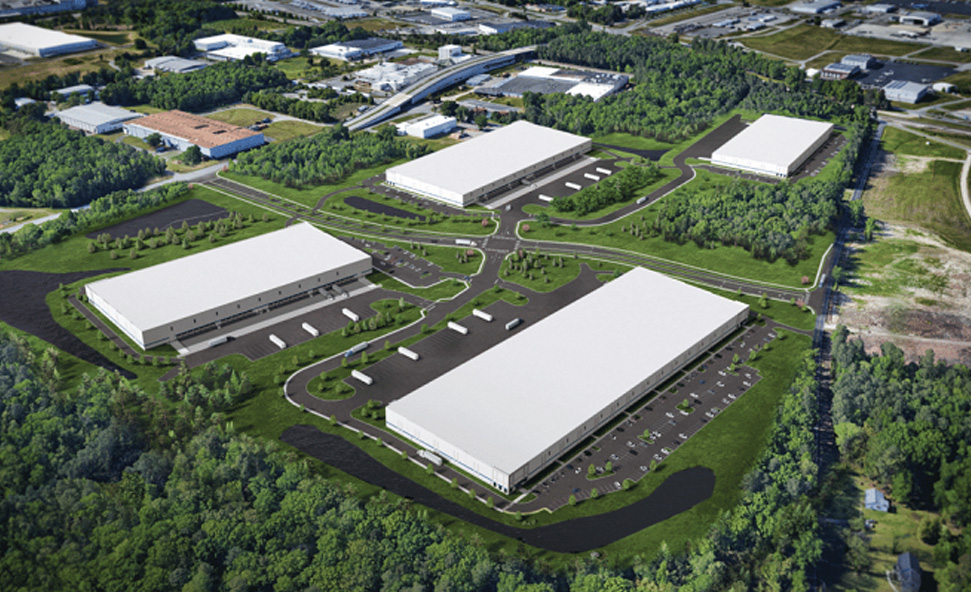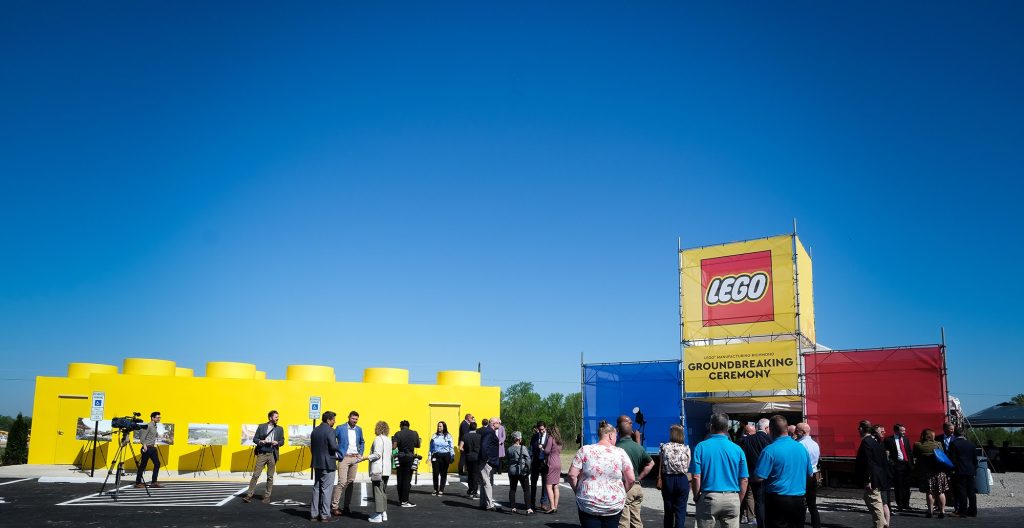
News
Blog | 3 min read
August 27, 2025

According to data published by the US Bureau of Labor Statistics (BLS), the United States experienced a one percent decline in manufacturing jobs between May 2024 and May 2025. In contrast, Greater Richmond reversed this national trend with a two percent increase during the same time period. The Richmond metro area saw an increase of 600 jobs while the number of manufacturing sector jobs declined nationally by 89,000.
Chuck Peterson, Vice President of Research at the Greater Richmond Partnership, highlighted that the growth in Greater Richmond’s manufacturing sector is a testament to the region’s strategic investments and initiatives aimed at attracting and retaining businesses. “Our local economic climate fosters innovation and production, which is essential for companies looking to expand or establish manufacturing operations,” he remarked.
He pointed to the rise in employment within the Doll, Toy, and Game Manufacturing sector accounted for 45 percent of the new jobs and was largely driven by the LEGO Group’s activity. The Danish toy manufacturer is building a 1.6 million-square-foot facility in Chesterfield County, set to open in early 2026, as well as a distribution center in Prince George County scheduled for early 2027.
“Other industries that added jobs this past year include electronics, fabricated metals, and paper products. However, their job gains are nowhere near the level of the manufacturing sector in which LEGO operates,” Peterson noted.
Companies such as Lutron Electronics in Hanover and KSB in Henrico have announced expansions recently that may have attributed to the jobs increase. Lutron committed $28.3 million to build a manufacturing facility that will create approximately 200 jobs while KSB announced a $25 million expansion with 32 new jobs.
In addition to job growth, the increase in manufacturing activities has potential ripple effects on the local economy. As more people gain employment, spending in the community rises, benefiting other sectors such as retail, services, and transportation. “Each new manufacturing job creates opportunities in various service sectors; it’s a chain reaction that’s vital for sustainable economic growth,” Peterson explained.
“We’re using May 2025 data to document the 600-job increase. These revised job figures were updated due to late survey data. While June and July numbers exist, they are preliminary and subject to change in September, so we’ll wait to analyze them.” He added, “The May 2025 data gives us a broad view but doesn’t allow for detailed analysis of the types of manufacturing activities contributing to job growth.” That information will come from first-quarter 2025 data, reflecting activity from January to March.